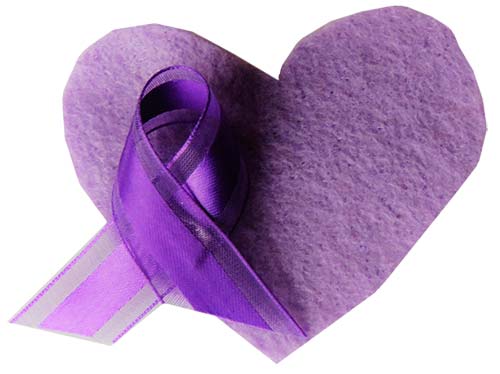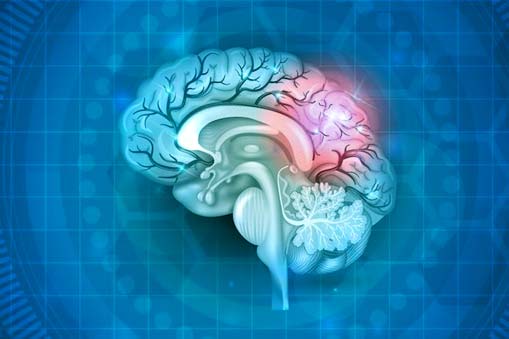Overview
A brain injury can be sustained as a result of abuse because often the head is a target for acts of violence. It is important to be aware of the link and recognize if an act of abuse led to a brain injury so that it can be addressed as part of treatment/recovery.
Forms of physical violence that could result in Traumatic Brain Injury (TBI):
A TBI is caused by an ‘external’ force, like a blow to the head.
- hitting an individual on the head with an object
- smashing an individual’s head against a wall
- pushing an individual on the ground or downstairs
- violently shaking an individual
Forms of physical violence that could result in Acquired Brain Injury (ABI):
An ABI is caused by an ‘internal’ force, such as a lack of oxygen. The amount of time without oxygen will determine the extent of severity.
- Strangling can be manual (use of hands or forearm) or ligature (use of rope, scarf, belt, etc.).
- Suffocating can include covering an individual’s mouth and/or nose or other means that deprive oxygen.
Do you know someone who is in need of help?
If you or someone you know sustained a brain injury from abuse, contact us today for support and resources at 1-800-669-4323.
EMAIL US FOR INFOTypes of abuse
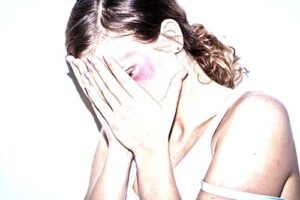 What is Domestic Violence/IPV?
What is Domestic Violence/IPV?
Domestic violence, also known as intimate partner violence (IPV), is abuse or aggression that occurs in a close relationship. An intimate partner could refer to both current and former partners.
Statistics
- 1 in 5 women have experienced severe physical violence from an intimate partner
- 1 in 7 men have experienced severe physical violence from an intimate partner
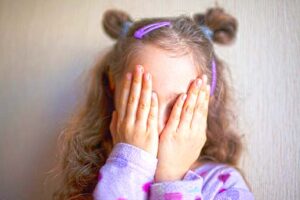 Children may experience abuse by a parent, caregiver, or from another person in their life like a teacher or a coach. Physical abuse can include things like hitting, kicking, or shaking.
Children may experience abuse by a parent, caregiver, or from another person in their life like a teacher or a coach. Physical abuse can include things like hitting, kicking, or shaking.
What is Abusive Head Trauma/Shaken Baby Syndrome?
Abusive Head Trauma (AHT), or Shaken Baby Syndrome (SBS), usually occurs when a parent, guardian or caregiver becomes angry or frustrated by a behavior, usually crying. To stop the behavior, the child is violently shaken, hit, or thrown, which may result in bleeding around the child’s brain. It can result from as little as five seconds of shaking. These injuries are typically very significant. Infants and young children cannot report symptoms, so it is important to note signs of AHT/SBS, such as
- Difficulty breathing
- Seizures
- Decreased consciousness
- Unable to lift head
- Unequal pupil size
- Bruising on face, head, arms, chest or back
- Poor feeding or unexplained vomiting
- Unusual irritability
- Swelling
Statistics
- There are up to 1400 cases per year.
- Babies less than a year old are at the greatest risk of AHT.
What is Elder Abuse?
Elder ab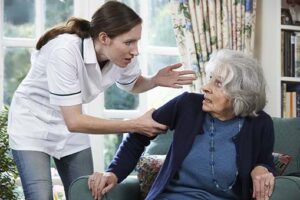 use is when a caregiver or another trusted person intentionally risks harm to an older adult or fails to act. Physical abuse can include things like hitting, kicking, pushing, slapping, or burning.
use is when a caregiver or another trusted person intentionally risks harm to an older adult or fails to act. Physical abuse can include things like hitting, kicking, pushing, slapping, or burning.
Statistics
- 1 in 10 people over the age of 60 have experienced abuse
- More than 643,000 older adults were treated in emergency rooms over a 14 year period.

Treating an IPV Survivor
View assessment and intervention strategies for the healthcare provider treating an IPV survivor.
The Impact of Abuse
Many survivors of abuse may not realize they sustained a brain injury because they never “passed out”, but a brain injury can occur without the loss of consciousness.
Brain injury and abuse survivors may experience difficulty with:
- Assessing danger and defending themselves against assaults
- Developing and remembering safety plans
- Going to school or holding a job (increasing financial dependency on the abuser)
- Leaving abusive partner and living on own
- Accessing services and supports
- Retaining custody of children
